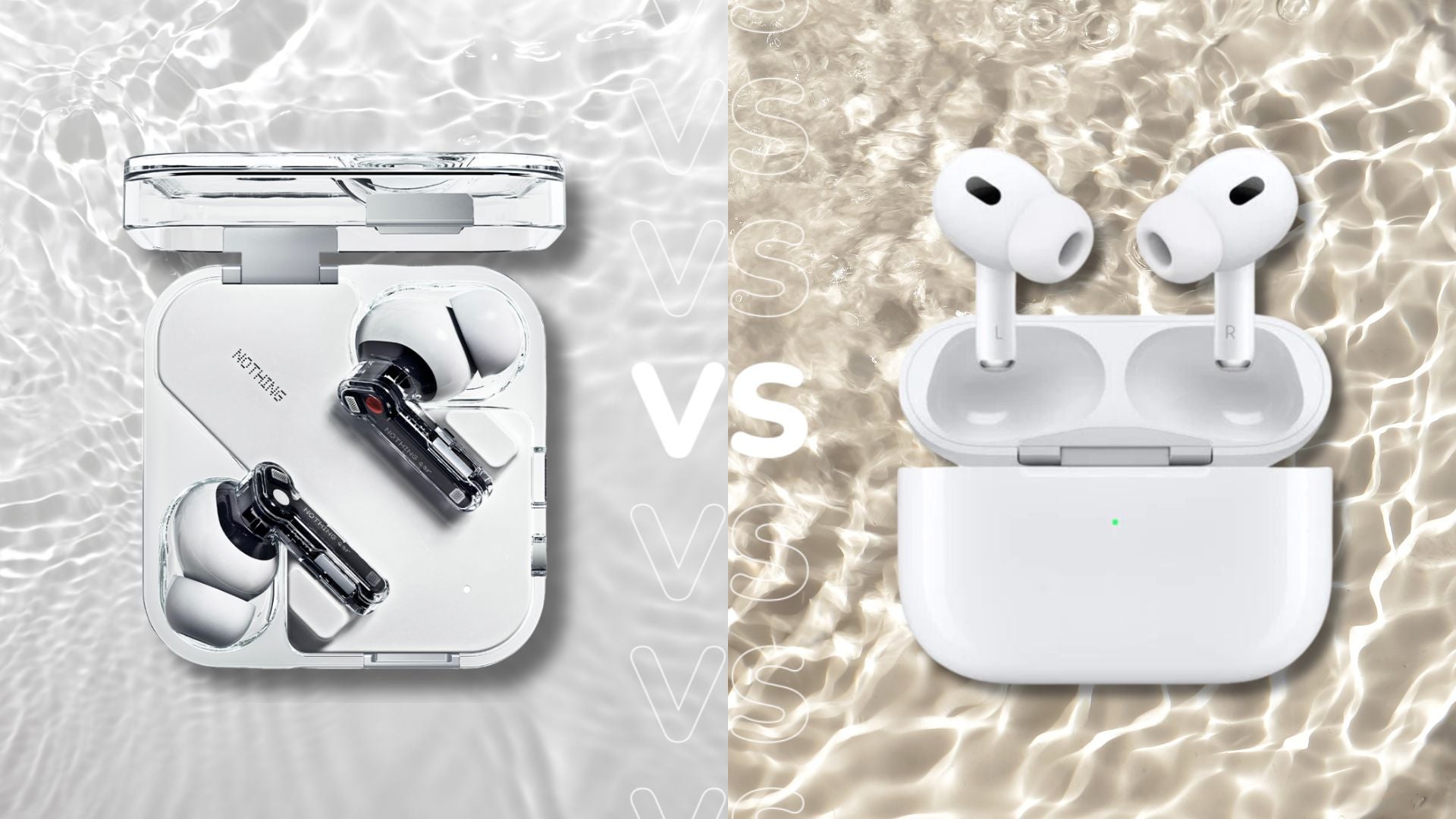Sonos Sub vs Sub Mini: What’s the difference?

While Sonos has been bringing out new soundbars at a frequent rate, it’s carried the same subwoofer design for several years, a one-size fits all accessory for its Arc, Beam and Ray soundbars.
But some people don’t need a subwoofer that big to fit into their home, and are in the mix for something smaller and not quite as powerful. Step forward the Sub Mini.
Smaller and less expensive, the Sub Mini is suited for those who need a more compact sub to fit into their home. If you are an existing Sonos owner looking to add more bass to your set-up, which one out of the Sonos Sub vs Sub Mini should you choose?
Price and availability
The Sonos Sub is now onto its Gen 3 version that launched in 2020, and has an RRP of £749 / $749. Look around online and you can find it for £699.
The Sub Mini launched in 2022, and has an RRP of £429 / $429. That makes it the less expensive of the two by quite some margin, but still expensive relatively speaker for a subwoofer.
Design
The Sub Mini features a cylindrical body that’s not much bigger than wastepaper basket. In the middle of its body is the cut-out that acts as a bass port, with dual 6-inch low-frequency woofers that face each other to cancel case vibration. This is to help reduce any distortion with the bass frequencies.
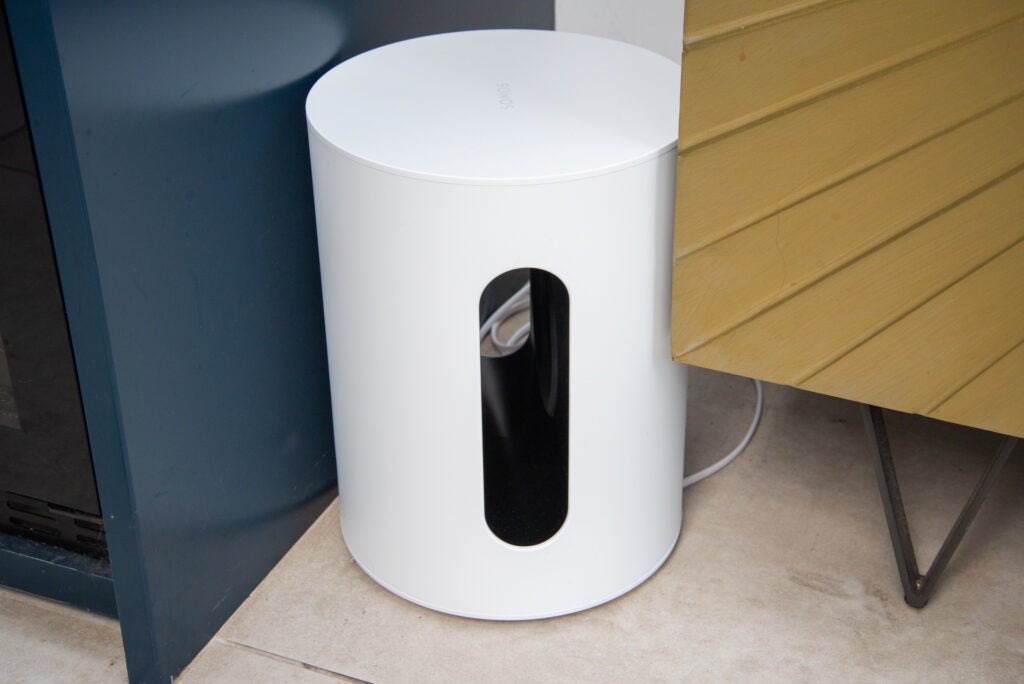
It weighs a hefty 6.3kg, so this isn’t a speaker you’ll want to shift around the room too often. A problem with the cylindrical body is that it can’t be laid horizontally and slid out underneath a couch, it’s form doesn’t allow for that aspect of convenience. Connections are kept simple with an Ethernet port for hardwired connection to the Internet.
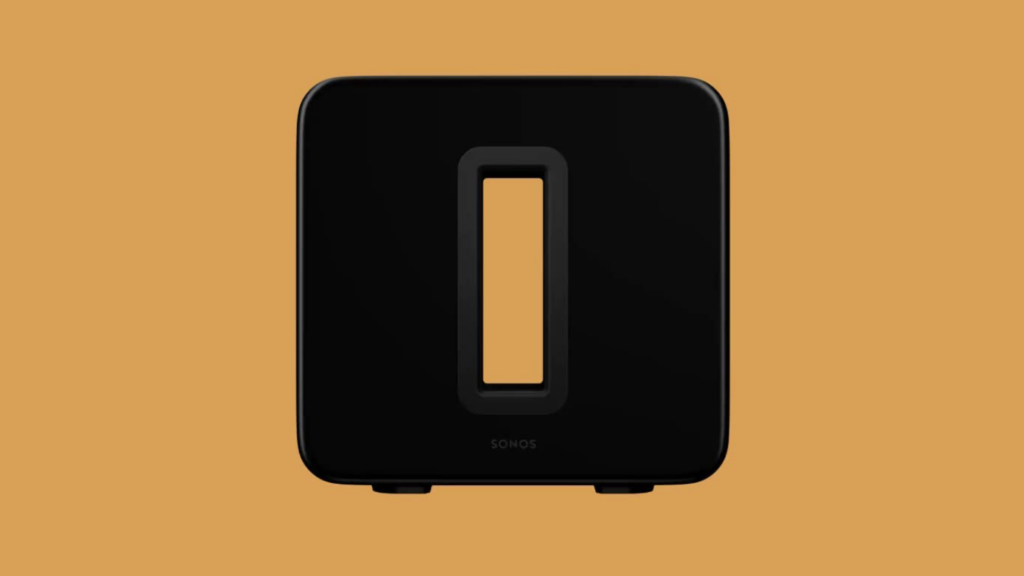
The Sonos Sub differs in that it has a rectangular shape, sculpted like ‘O’ but with rounded corners with the same cut-out in the middle. It’s double the weight of the Mini (13kg) as well as being taller and wider.
Like the Mini, its woofers are set-up to cancel each other for reduced distortion. As mentioned above, the Gen 3 Sub can be laid upright or horizontally depending on your room set-up. Like the Mini, connectivity is kept simple with a power cable and Ethernet.
Both come in a choice of black and white matte finishes.
Features
There’s little to say about each subwoofer’s respective feature set since their primary purpose is to increase the bass output and not much else.
However, both can connect to the Sonos wireless mesh system through the S2 app. Press the ‘Join’ button on each subwoofer and that kickstarts the process of joining the Sonos system. Support for Trueplay helps optimise/calibrate the subwoofer’s performance for not only the room it’s in but its performance in relation to the speakers it’s connected to.

Connecting to the S2 app allows the subs to connect to other Sonos speakers (neither sub can be used with another brand’s speakers). The subwoofers can only connect to an amplified Sonos speaker, such as the Amp, soundbars and wireless speakers. They cannot connect to Sonos’ portable speakers, such as the Move, Roam and Roam SL or the Port and Connect devices.
Sonos also suggests specific pairings for each subwoofer. For example, the Sub Mini offers the best experience with the Beam, Ray, One, One SL or IKEA SYMFONISK speaker. The Gen 3 Sub is a better partner for the Arc Atmos bar, especially if you have a larger room.
The main difference between the two Subs is that the Gen 3 model can be paired with another Gen 3 Sub, while the Sub Mini cannot be paired with any other subwoofer or another version of itself.
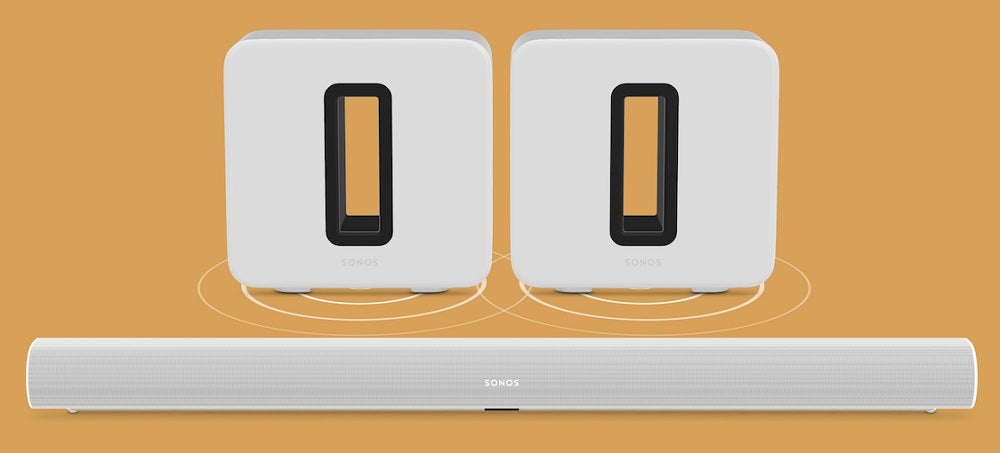
Performance
When it comes to the audio performance, it’s clear what the differences are between the two subwoofers. While both subs can go as low as 25Hz, the Gen 3 Sub adds more heft and weight to soundtracks, leaving the soundbar to take care of the midrange frequencies. It can, however, be a bit boomy and dominate proceedings, becoming a bit too loud in some cases.

The Sub Mini blends in with the soundbar and improves the bass performance without dominating, the handover between midrange and bass is improved leading to smoother transitions, and a better balanced sound.
Of course there are a few factors to take into account, such as which Sonos speaker you’re pairing the subwoofer to, as well as the size of room. The Sub Mini is suited to small and medium sized rooms while the Sub Gen 3 favours medium to bigger rooms.
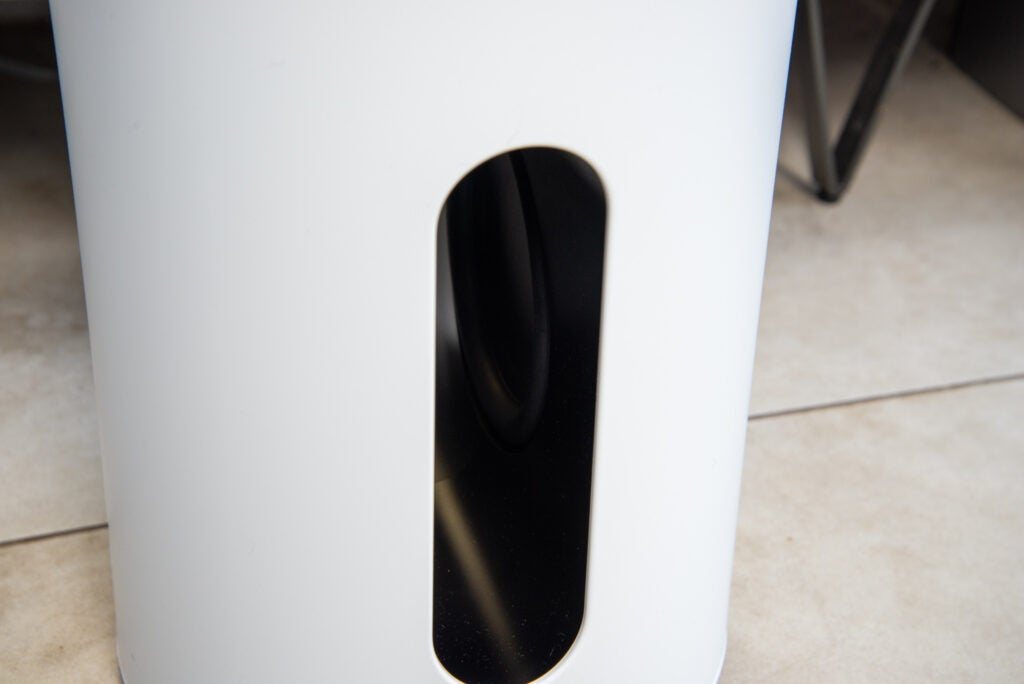
Verdict
Whichever subwoofer you go for depends on what you require from it and the space you’re using it in. In bigger rooms the Sub Gen 3 is best suited, especially when paired with the Sonos Arc soundbar. For smaller rooms and less powerful speakers, the Sub Mini offers a balanced, integrated low frequency performance.
Cost is another aspect to consider too. Neither subwoofer is particularly affordable, the Gen 3 Sub is almost twice as much as the Arc, while the Sub Mini is more expensive than the Beam Gen 2 soundbar. Both are big investments but both offer a more cinematic performance when integrated with other Sonos speakers.
In short, if you have a smaller room/smaller speakers, the Sub Mini is your best bet. For bigger rooms and bigger soundbars like the Sonos Arc, the Sub Gen 3 offers the best performance.
Save money with Trusted Reviews vouchers
Fancy getting a major discount on some of the biggest Sonos products currently available? Then you’ll be pleased to know that our team has secured numerous vouchers and promo codes from Sonos, all in the name of saving you money.






